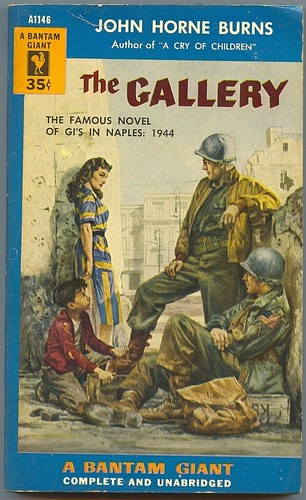Possibly one of the harshest environments in the war was the island of Attu, the last US-owned island in the Aleutians. Closer to Russia than to the mainland US, the mountainous island saw the largely forgotten Battle of Attu, a response to the invasion of Japanese forces. For the first time since the War of 1812, an invading Army had landed on American soil, albeit the fact that Alaska at the time was still just a territory, but the island provided a "back door" to America the Japanese sought in a plan to invade the mainland.
 Landing on Massacre Bay.
Landing on Massacre Bay.Members of the 7th Infantry Division, many of whom had trained in the deserts of the southwest for the North African campaign, were chosen at random or by lottery to be shipped to Attu, though none knew exactly where they'd be going. The GIs were issued "cold weather" gear, although this consisted basically of a thigh-length wool coat (Arctic M41), wool-lined pants (kersey-lined), and a fur cap (earliest pile cap), none of which suited the harsh terrain of Attu, although some were lucky to beg, borrow, or steal gear from the Navy or get some kind of parka.
 Engineers, perhaps officers, eating chow in the field. Note the surveyor's bag propped against the back of the jeep.
Engineers, perhaps officers, eating chow in the field. Note the surveyor's bag propped against the back of the jeep.The battle lasted 19 days, but most of it consisted of vehicles getting stuck in mud, Japanese holding all the high ground, and frostbite claiming many casualties.
 Human supply chain. The terrain was impassable for vehicles.
Human supply chain. The terrain was impassable for vehicles.While finally able to secure the island, 549 US troops were killed; 1,148 wounded; and of the 2,900 Japanese securing the island, only 29 were captured alive. US troops also suffered 2,100 climate-related injuries.
 Landing craft drops off GIs on Massacre Bay.
Landing craft drops off GIs on Massacre Bay.After the battle, the Japanese fearfully evacuated the neighboring island of Kiska, thus ending the Aleutians campaign. Fearing public reaction, the invasion was played down by the media so few every knew the Japanese Empire successfully landed on American soil.
 Aleutian funeral, no idea the unit that were wearing M1917A1's in 1943)
Aleutian funeral, no idea the unit that were wearing M1917A1's in 1943)










